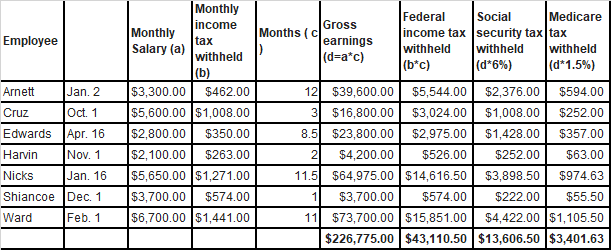Acid-Test Ratio.
The acid-test ratio, also known as the quick ratio, is a financial metric that measures a company's ability to meet its short-term financial obligations. The acid-test ratio is a more conservative measure of a company's liquidity than the current ratio, as it excludes inventory and other less liquid assets.


Comments
Post a Comment